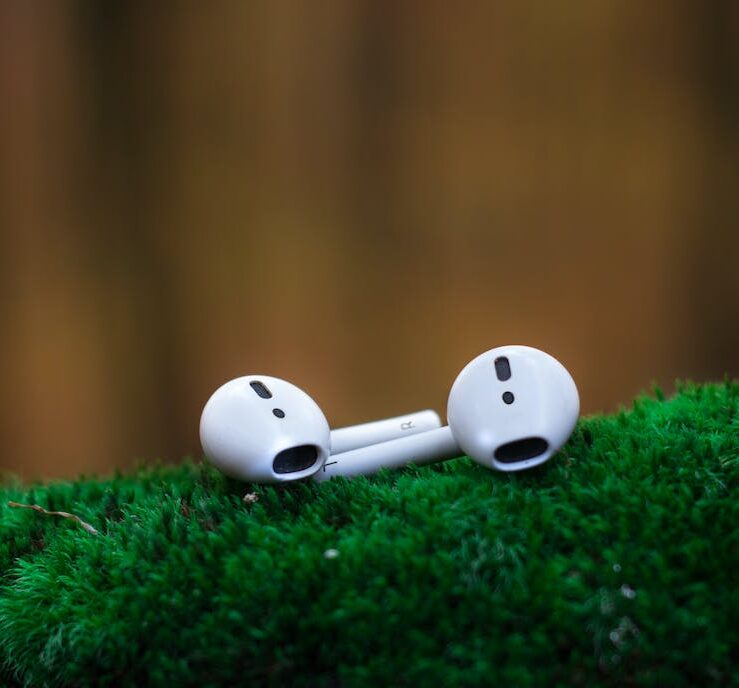
AirPods are magic, but how do they work?
13-6-2017

In my opinion, the AirPods may be Apple’s best innovation since the iPhone. Being a daily user, I am still baffled by the fact that the AirPods are still (two years after their introduction) so much more convenient to use than other wireless headphones. While other headphones have issues pairing, switchin g devices, and take time to connect, the AirPods have none of these issues. Additionally, they can be connected and swapped in and out of the charging case during calls.
Surely there must be some wireless magic going on behind the scenes to make this possible. As a researcher in telecommunications with an affinity with wireless standards, I was curious: what exactly is Apple’s ‘secret sauce’?
Some experiments
First some observations, from my own testing, that may provide clues:
- AirPods appear in all Bluetooth device lists as a single device, regardless of whether only one or both earpieces are in range or in the case.
- In Bluetooth LE listings, more than one device appears (which may or may not be ‘advertised’ by a single physical device).
- When listening to audio over both ear pieces using a Mac, you can see RSSI (signal strength) drop when one earpiece is covered, but not the other. This suggests only one earpiece is actually connected to the Mac (or at least only one is sending back RSSI information).
- When playing audio from a host device that is far away, covering one earpiece will pause audio on both earpieces. When walking away from the host device, one earpiece may lose sound before the other. This suggests that either earpiece receives the audio data from the host device individually.
The charging case
The charging case does not appear to have wireless connectivity (see also the TechInsights teardown). There is however some intelligence inside (connecting the case to a Mac over USB shows the AirPods charging case as USB device in System Information). How can a host device still read the case’s battery status wirelessly then?
Measurements of the case battery disappear from view when both earpieces are taken out of the case (but the case is still open). This suggests the earpieces must be forwarding information about the case’s battery status. They are either measuring the voltage level they receive from the case, or communicate with the charging case somehow over the charging pins. The case needs to communicate with the earpieces somehow anyway, to tell them the pairing button was pressed.
My guess is that when both earpieces are inside the charging case, and the case is opened, one of the earpieces is selected as ‘master’ and becomes responsible for outside communications on behalf of the case. Either the case may facilitate this selection, or the earpieces may do this between themselves wirelessly (they likely need to do this anyway when outside the case).
A patent granted to Apple seems to describe this exact mechanism, but apparently (skimming through the patent claims) only for the case where the case is used to initiate a pairing between the host and the earpieces once inside the case. The patent does however confirm that the necessary communication happens over the charging contacts of the earpieces, and that the case does indeed not have its own radio transmitter.
The earpiece communicates the case’s battery status, its own battery status, the other earpiece battery status, and the number of earpieces present in the case to the host (so the host can pop up a screen when the case is opened). When only one earpiece is in the case, that one earpiece becomes responsible for transmitting the case battery status (the case battery status is still visible in that scenario).
The case finally signals to the earpieces inside whether the lid is closed – the earpieces inside can completely switch off when this is the case.
Conclusion
The AirPods likely work according to a scheme where one is selected as ‘master’ – the other one simply receives the information to decrypt and ‘listen in’ on the communication between host and master.
The charging case may be key in establishing a picking order between the earpieces, although the earpieces may also do this between themselves, and likely need to be able to do so anyway, once they are out of the case. The ear pieces need to coordinate Whenever one of the AirPods is taken out of the ear, the other must assume the master role (the automatic pausing the music when either earpiece is taken out is not only convenient, but may be necessary to cover up the hiccups that would occur in this switchover).